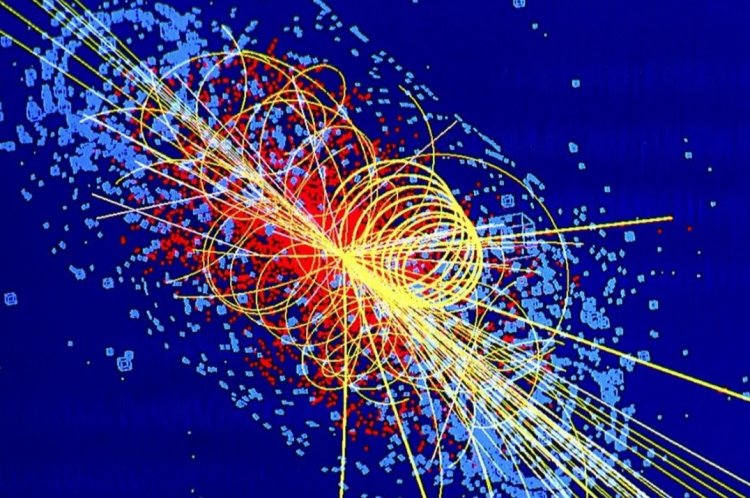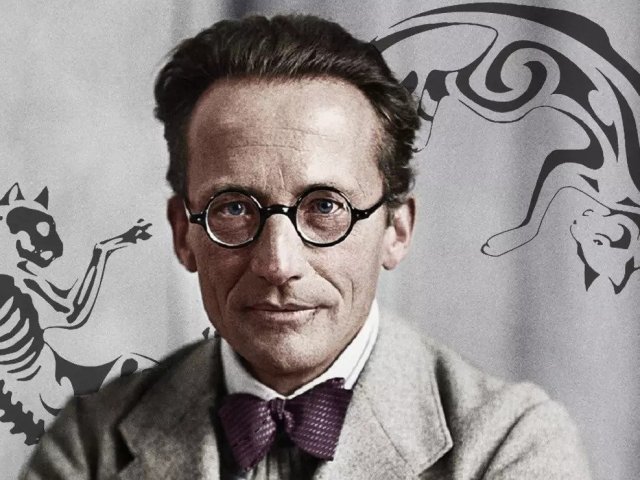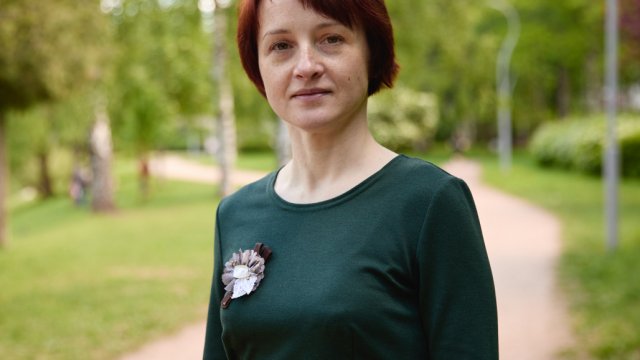According to the Big Bang theory, our “big world” originated from a small particle. Scientists continue to uncover details of the story. The Higgs boson, one of the most important discoveries pertaining to the structure of the microworld, is a key element of the Standard Model.
In the 1960s, the British theoretical physicist Peter Ware Higgs proposed a mechanism that explains the origin of the mass of elementary particles, particularly the W and Z vector bosons. The scientist’s initial submission to the Physical Review Letters was rejected due to the lack of opportunity to test any of the predicted effects experimentally. Then he added a mention of the existence of one or more massive scalar bosons associated with a postulated field (if there is a particle, it can be detected…) So, for the first time there was a mention of the Higgs boson, TASS reports.
To investigate the structure of the matter at the subatomic level and find answers to questions posed by high energy physics, CERN and its high-tech installation, the Large Hadron Collider (LHC), were built.
After breaking up proton beams in a 27-kilometre collider tunnel, scientists discovered a particle strikingly similar to the boson described by Higgs. On July 4th, 2012, CERN staff concluded that the Higgs boson could be considered to have been discovered. The following year, 2013, they confirmed that it was that very boson, not another object.
According to the Elements portal, this is the discovery of a new type of matter as theretofore physicists had been studying particles of matter (electrons, protons and others) and particles carrying interaction, quanta of fields of force (photons, gluons…) The Higgs boson stands out by falling into neither category, representing a “piece” of the Higgs field, a very different substance.
Higgs boson became one of the few examples in particle physics when an experiment had confirmed a theory. Usually the reverse happens: based on the experimental findings, a certain theoretical knowledge is formed. It can be considered that it was possible to detect the boson due to awareness of its properties. And Peter Ware Higgs himself did not expect his theory to be confirmed while he was alive. In 2013, he and François Englert won the Nobel Prize for predicting this boson.
Sources:
Four new subatomic particles have been found in experiments at the Great Hadron Collider. Popular Mechanics
Higgs boson: the discovery and plans for the future. Elements
History of the search for the Higgs boson. RIA Novosti
The God Particle: A year ago, the Higgs boson was discovered. Moskva 24
The Inevitability of Higgs. To the fifth anniversary of the discovery of the Higgs boson. TASS
Photo: © CERN






















